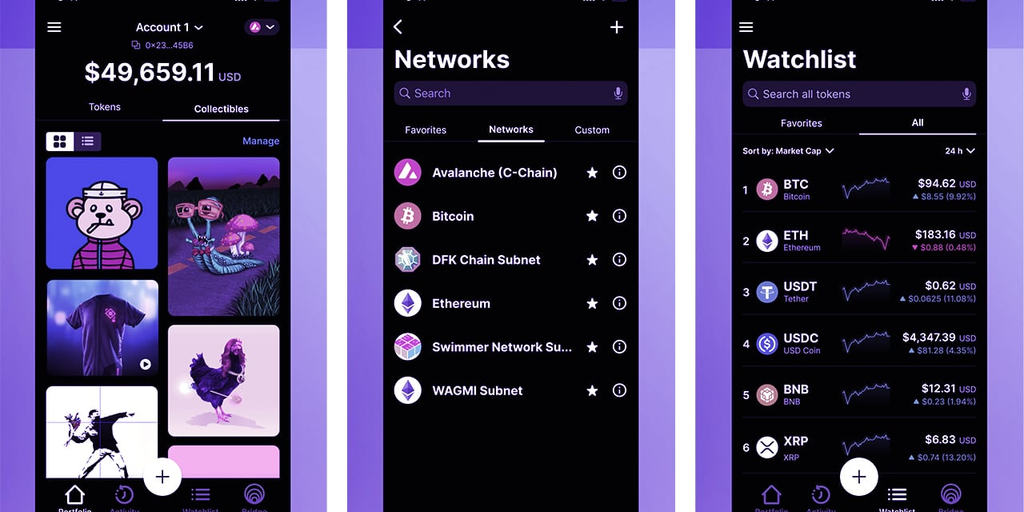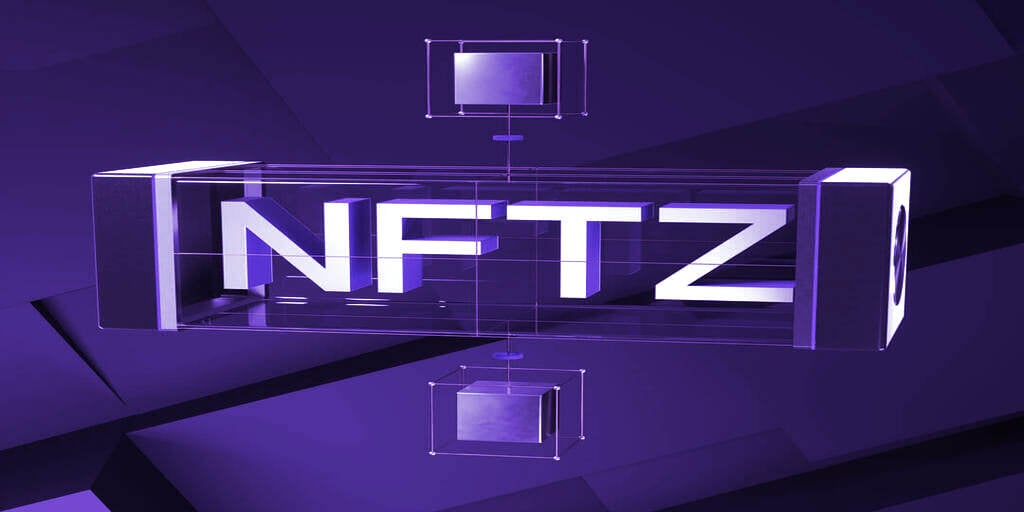
Ava Labs, the development company behind the Avalanche blockchain, today announced the release of Core Mobile, a mobile version of its flagship non-custodial multichain wallet.
First launching on Android with support for iOS slated for 2023, Core Mobile aims to connect DeFi, NFT, and gaming ecosystems across the Avalanche, Bitcoin, and Ethereum networks, as well as other EVM-compatible blockchains.
This release now gives users three ways to use Core—browser extension, web, and mobile—creating an interconnected Web3 experience, Ava Labs said in a press release shared with Decrypt.
“Core mobile is designed to give people maximum control over their crypto, while ensuring the product is intuitive enough for anyone to use Web3,” Ava Labs Head of Product Nick Mussallemat said in a statement. “Mass adoption is coming, and Core will be the gateway for people who want a single platform that can do it all without the hassle of multiple wallets.”
Core Wallet: One platform for users’ assets, apps
Initially released in June this year, the Core wallet incorporated native Avalanche bridging functionality, enabling users to interact directly with decentralized applications (dApps) on the Avalanche blockchain.
Prior to that, users who wanted to move their assets onto the Avalanche network, had to turn to competing products like MetaMask to use an Ethereum-Avalanche bridge.
Other features that set Core wallet apart from the competitors include the ability to easily swap Avalanche, Bitcoin, and Ethereum assets, transfer Bitcoin and Ethereum to participate in Avalanche DeFi dApps and track real-time asset price movements in a unified watchlist,
“This means users can manage all of their major assets and apps in a single platform,” Mussallemat told Decrypt.
Core wallet also allows users to join the Avalanche ecosystem fast with preloaded subnets—a set of sovereign networks that allow individual projects to create their own token economics and rules while remaining connected to the Avalanche mainnet via individual chains, without taking up space on the mainnet.
By redistributing traffic in such a way, subnets may allow Avalanche to avoid transaction speed and gas fee issues as the network scales up in size.
Developer future plans include “cross platform sync and many other capabilities to unify experience across browser, web, and mobile,” Mussallemat told Decrypt.
Stay on top of crypto news, get daily updates in your inbox.
Sourced from decrypt.co.
Written by Andrew Asmakov on 2022-12-13 15:01:02.









